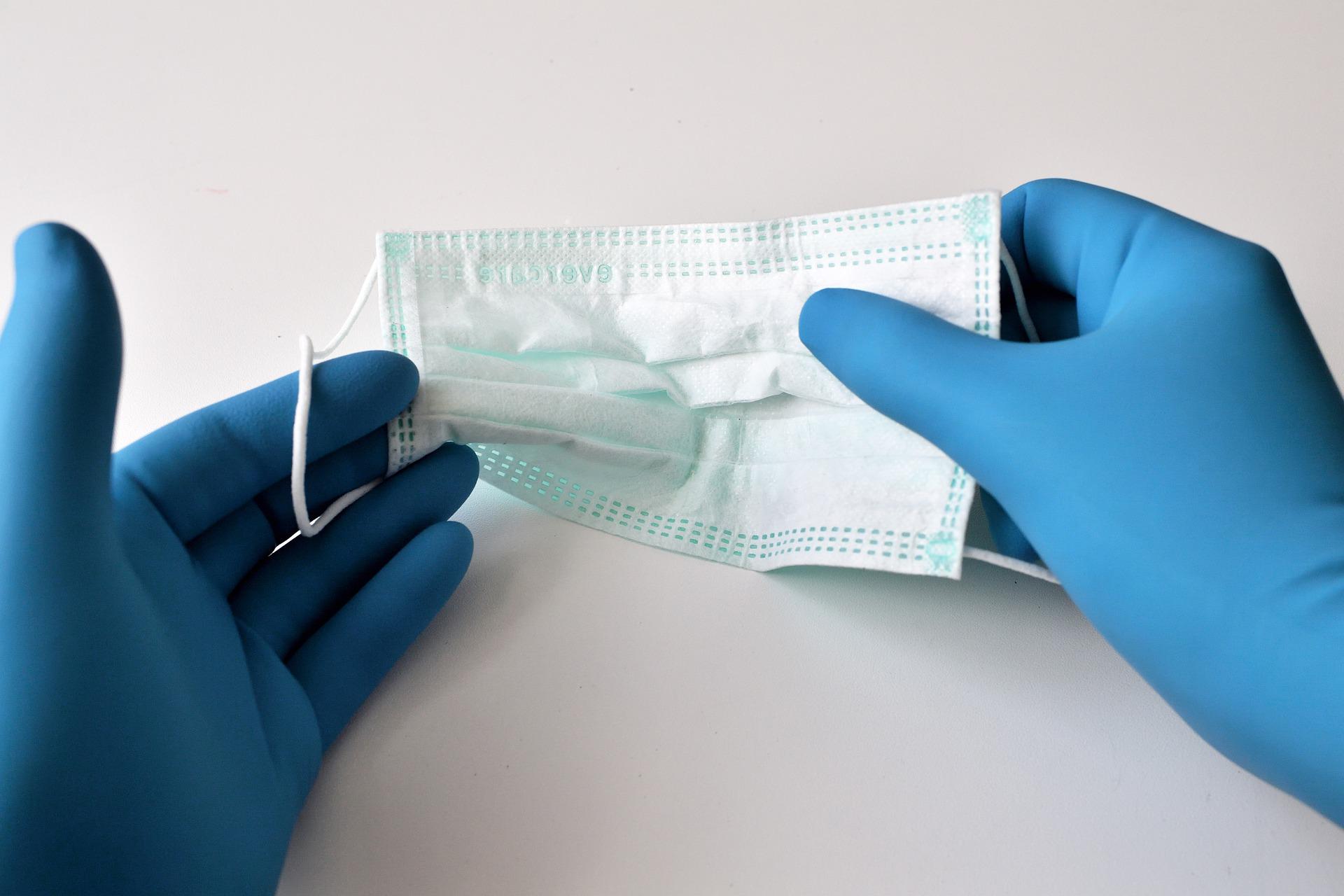A healthcare provider’s health might be jeopardized if they are exposed to radiation on a regular basis. DNA, RNA, and proteins may be harmed by this kind of radiation. If cells are damaged, they may lead to major health issues. Operators’ hands are particularly susceptible.
In fluoroscopy, cardiac cath labs, and electrophysiology laboratories, lead gloves provide the best protection against radiation exposure dangers. For medical professionals, sterile radiation protective gloves have been devised and tested to provide the best possible protection.
If you work in a field that routinely exposes you to radiation, you are well aware of the dangers of doing so without proper protection. X-ray machines, CT scanners, and other medical equipment need the use of lead gloves, which may be purchased in a variety of styles.
When wearing these gloves for an extended period of time, the weight of some of them may become too much to bear. Lightweight radiation protection gloves are available from a number of glove-making firms. One business, though, claims to have produced a light, easy-to-apply lotion.
Lead Creams: Claims of efficacy that have not been proved.
The promises made by certain firms concerning their goods are just untrue. They don’t live up to the hype, and in reality, they don’t provide as much protection as the firm says. Independent testing has proved this.
As the FDA does not approve Class 1 medical devices, the company’s claim that it has FDA approval is untrue. According to FDA, radiation protection creams should not be classified as a class 1 medical device because of the hazards they pose to both practitioners and patients.
In addition to flaking or rubbing off, creams that are applied to the skin may also react with the material of gloves worn over them. The use of creams is also contingent on ensuring that the full surface area of the skin is covered at all times throughout the treatment. When wearing lead gloves, none of these issues arise.
Tested and proven: Lead Gloves
A radiation protective glove is the most effective means of guarding against radiation exposure. Gloves don’t come off, are available without latex, and may be washed several times. There are various variants that are more light-weight.
Different types of Lead Gloves:
There are different types of lead gloves available in market:
- Radiation Protection Surgical Gloves.
- Revolution Radiation Gloves.
- Latex-Free, Lead-Free Neoprene Gloves.
- Revolution Maxi-Flex 5 Finger Lead Gloves.
- Split Palm Mittens.
- Split Palm Mittens With Flap.
- Hand Shields.
- Maxi-Flex Lead Mittens.
Other Important Radiation Protection Equiment
Those who are exposed to ionizing radiation in medical settings run the danger of damaging their own tissues. At high and low levels of exposure, this may cause skin burns and increased cancer risk.
Direct beam exposure and scatter radiation are considered the most dangerous methods of radiation exposure, however it is possible to be exposed to radiation in any way. It has been shown that the dispersed radiation may travel up to six feet from its source.
If you’re in an x-ray room, you must wear radiation-protection clothing and accessories. The following are some of the most crucial radiation protective tools:
- Lead aprons
- Lead Glasses/goggles
- Protective Thyroid Collars
- Barriers for additional protection
Tips to keep safe from radiation
- To lower radiation dosage, shorten exposure duration.
- Radiation exposure may be reduced by increasing the distance between your body and the source of the radiation.
- Radiation exposure may be reduced by using lead or lead equivalent shielding. Make sure you’re properly protected by wearing the appropriate PPE.
- Internal radiation exposure may be decreased by adhering to proper hygiene practices and limiting ‘hand to mouth’ activities.
- The spread of contamination may be halted by clearly identifying potentially hazardous sites. Wherever feasible, make use of absorbent sheets and spill trays.
- The intake of radioactive chemicals may be reduced by using fume hoods, face masks, and avoiding dust in the radiation room.
Final thoughts
Everybody understands that the medical community is dedicated to providing patients with high-quality treatment that is free of harmful side effects. While cutting-edge technology may help with diagnosis and treatment, it’s up to us to make good use of it. Everyone may reap the advantages of cutting-edge medical technology if we stick to tough health standards and commit to safeguard our patients and ourselves.



